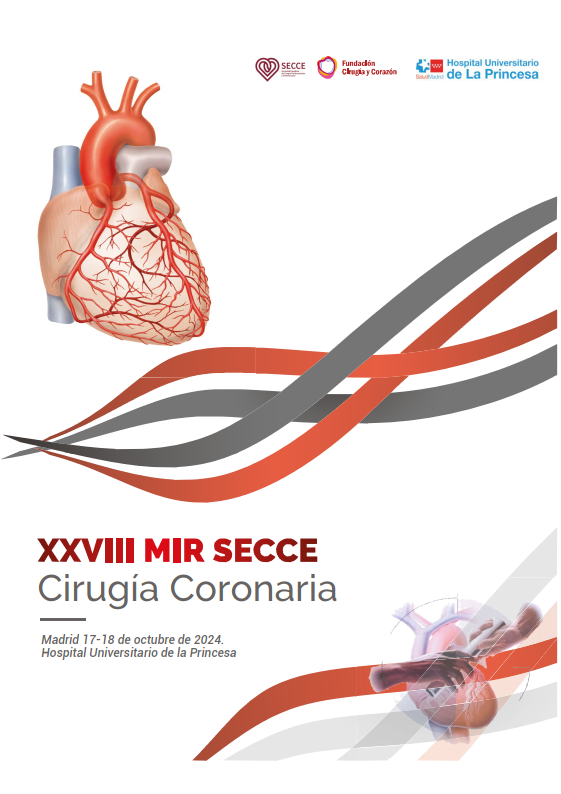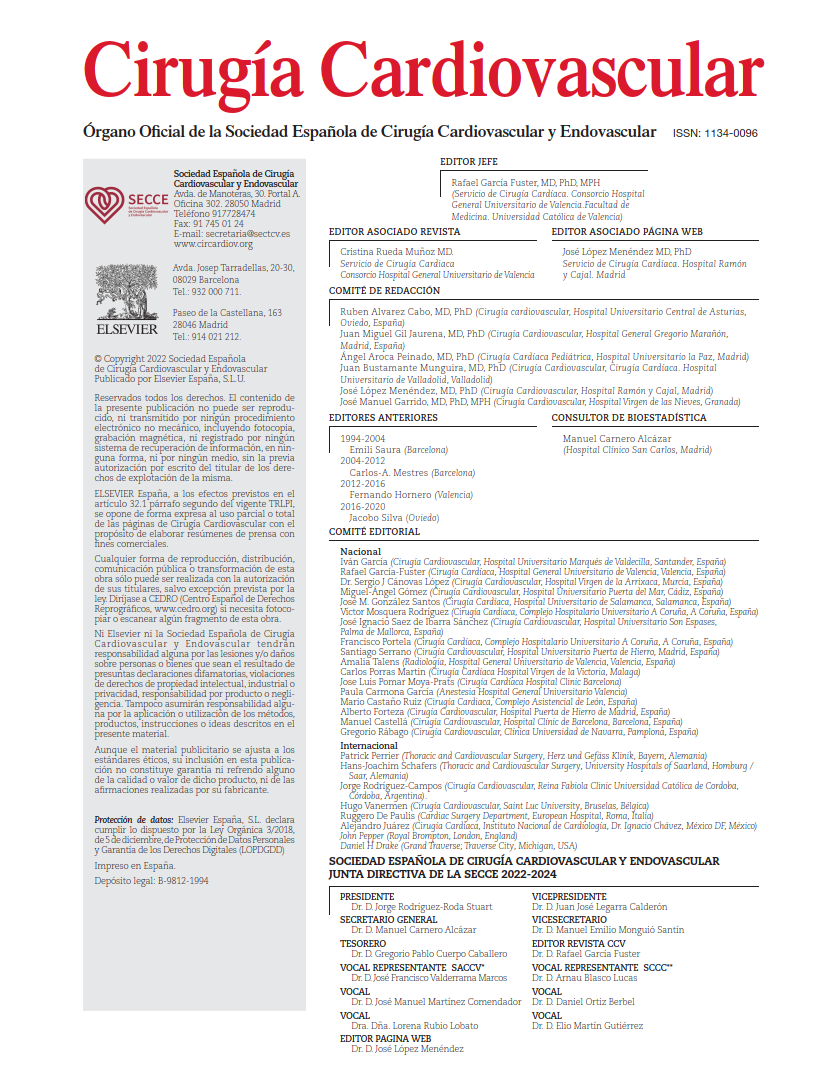Historically, surgical management of aortic root aneurysms was synonymous with the technique described by Bentall and De Bono in 1968. It was not until 1991 that Tirone David introduced his approach to aortic root replacement with preservation of the native aortic valve. Several studies have reported comparable outcomes between these two techniques in terms of in-hospital mortality, long-term survival, and need for reoperation due to bleeding. However, the cohorts analyzed in most of these reports consisted primarily of younger patients (<55 years). Moreover, comparisons have typically focused on mechanical valved conduits versus the David procedure. One of the key questions pertains to postoperative freedom from aortic regurgitation (AR) in patients undergoing the David procedure, with some studies describing freedom from reintervention due to AR in 92–98% of cases. This article seeks to clarify the outcomes in sexagenarian patients with aortic root aneurysms who underwent either composite valve and root replacement or valve-sparing root reimplantation using the David technique, focusing on in-hospital mortality, long-term survival, freedom from aortic valve reintervention, and the presence of residual moderate AR, comparing the David procedure to a modified Bentall using a biological conduit (bio-Bentall).
A multicenter, retrospective study was conducted to compare short- and long-term outcomes of these two surgical strategies in patients aged 60 to 75 years. Between January 2002 and December 2020, all patients over 60 years of age who underwent aortic root replacement using either the David or bio-Bentall procedure were included. Patients with prior cardiac surgery or previous diagnosis of endocarditis were excluded. Preoperative clinical and imaging characteristics were recorded, and intraoperative and postoperative data were analyzed.
The surgical strategy was selected based on patient preference and anatomical or clinical variables (age, comorbidities, intrinsic valvular lesions, etc.), allowing the surgeon to tailor the optimal technique for each individual case. Clinical and echocardiographic follow-up was achieved in 98% of cases, with a median follow-up duration of 15 years.
The primary endpoints were in-hospital mortality and long-term survival. Secondary endpoints included freedom from reintervention related to aortic valve function and the presence of at least moderate AR.
Notably, inverse probability of treatment weighting (IPTW) was applied to limit selection bias and balance baseline characteristics. Kaplan-Meier curves were used for survival analysis, and intergroup comparisons were performed using the log-rank test.
A total of 299 patients were included, of whom 82 (27.4%) underwent the David procedure and 217 (72.6%) received a bio-Bentall operation. Statistically significant differences were observed in cardiopulmonary bypass time (mean 143 minutes in David vs 134 minutes in bio-Bentall) and aortic cross-clamp time (mean 114 minutes vs 101 minutes, respectively), with p < .001 and p = .004. Although some patients in both groups underwent concomitant procedures (1.7% in David vs 23% in bio-Bentall), this difference was not statistically significant.
There were no significant differences between groups in terms of in-hospital mortality, postoperative pneumonia or respiratory failure requiring reintubation, acute kidney injury, or reoperation for bleeding. However, the incidence of stroke or neurologic complications (p = .003) and permanent pacemaker (PPM) implantation (p = .022) was significantly higher in the bio-Bentall group.
Among all recorded deaths during follow-up, only 14 were of cardiac origin: none in the David group versus 14 (6.5%) in the bio-Bentall group, a difference that was statistically significant (p = .018). Freedom from aortic valve reintervention and from residual moderate or greater AR at 10 years was 99.3% in the bio-Bentall group and 92.4% in the David group.
The authors concluded that, despite the older age of the cohort, the David procedure achieved comparable in-hospital mortality rates to those reported in previous series. Additionally, none of the patients required reintervention at 10 years, and 92.5% remained free from moderate AR. These findings suggest that both procedures are safe in elderly patients and support the consideration of the David technique beyond younger age thresholds.
COMMENTARY:
Currently, valve-sparing aortic root reimplantation is well established, particularly in younger patients, offering several advantages: reduced risk of endocarditis compared with prosthetic valves; superior hemodynamic profile due to preservation of the native valve, which may favor left ventricular remodeling and improved function; and elimination of the need for lifelong oral anticoagulation, thereby reducing bleeding risks.
As previously mentioned, the David procedure has primarily been adopted in younger individuals, whereas the Bentall procedure with a bioprosthesis is often reserved for older patients in an effort to mitigate the risk of reintervention in the setting of recurrent AR.
Without question, the results presented by Sala et al provide a different perspective on the applicability of the David procedure in elderly patients, demonstrating favorable outcomes in terms of mortality, long-term survival, freedom from valve-related reintervention, and absence of residual moderate AR in up to 92% of cases. These findings help address the concern of reintervention due to AR recurrence in this age group.
This article—likely the only one to date directly comparing the David procedure with bio-Bentall in sexagenarians—presents a valuable contribution, although its retrospective design and relatively small sample size, particularly for the David cohort (27.4%), limit its external validity.
From a statistical standpoint, the use of inverse probability of treatment weighting (IPTW) offers an appropriate strategy to minimize selection bias without reducing sample size, as would occur with propensity score matching. Matching often leads to exclusion of unmatched individuals, thus reducing statistical power. In this study, given the initial imbalance (72.6% in the bio-Bentall group), the authors chose IPTW to preserve cohort size. This technique assigns a higher weight to patients with lower probability of receiving the treatment actually performed—here, favoring patients who underwent the David procedure—thus improving comparability between groups without discarding data.
A noteworthy observation concerns the 10-year Kaplan-Meier curves for cardiac mortality. While the adjusted analysis revealed statistically significant differences, the confidence intervals of both curves began to overlap after year 7, suggesting that the long-term survival benefit of the David procedure may become less clear beyond that point. This may be attributed to the overall small number of cardiac deaths in both groups and the limited sample size.
In summary, this study opens the door for future larger-scale prospective trials and challenges the notion that the David procedure should be limited to younger patients. When clinical and anatomical criteria are favorable, valve-sparing surgery appears to be a safe and effective option even in older patients. Conversely, for those with significant comorbidities or requiring additional procedures, the bio-Bentall remains a solid and reliable alternative in the TAVR era.
REFERENCE:
Sala A, Di Mauro M, Zancanaro E, Bargagna M, Grimaldi F, D’Oria V, et al. Valve-sparing vs bio-Bentall aortic root replacement in patients aged 60 to 75 years: survival, reintervention, and aortic regurgitation. Ann Thorac Surg. 2025;119:990–9.



